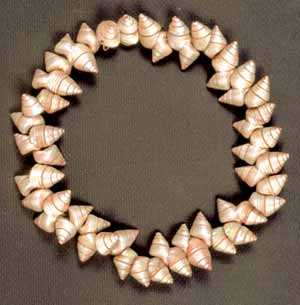(image borrowed from Everyday Health)
Thankfully there are programs to ensure communities in Africa and Asia have clean drinking water that have nearly wiped out the guinea worm. These programs began in 1986 and around that time there were 3.5 million cases of guinea worm disease in 20 countries, by 2009 that number had dropped to 3,500 cases in four countries. The goal is to eliminate the guinea worm infestations entirely.
And eww. Do yourself a favor, NEVER google guinea worm under pictures.
*shudders forever*
(image borrowed from CNN)
Different forms of writing systems such as Babylonian cuneiform and Egyptian hieroglyphics were wiped out over time as societies developed language. One exception to this occurrence is the use of Chinese characters, which has continued for about 3,000 years.
I remember vaguely studying different units regarding hieroglyphics and cuneiform. I always liked saying the latter as cune-e-form...still read it that way too! Lol.
(image borrowed from Wikipedia)
When archaeologist were studying at the Maya site in Calakmul, Mexico, they unearthed large painted murals with hieroglyphic captions describing the action in the artwork, which was mostly food related.
FUN FACT: The Maya people of Central America had one of the very first writing systems in the New World. There's evidence that indicates that the writing could be as old as 300 BCE. Archaeologists refer tot he writing as hieroglyphs even though the characters were unrelated to the Egyptian hieroglyphics.
So I wonder if that's where people differentiate what group they're talking about when throwing out hieroglyphics and hieroglyphs?
(image borrowed from UTAS.edu.au)
Archaeologists found shells that had been turned into necklaces in a cave in Spain. There were also traces of pigments that led them to believe that there were used as body paints by Neanderthals 50,000 years ago.
Note, I don't know if this necklace was one of the found necklaces. I simply googled ancient shell necklaces. There was a picture that showed buried skeletons wearing them...but it looked too creepy even for me to share here. Lol. So I thought this one looked nice!
(image borrowed from Harper's Bazaar)
Hair dye is older than you think. Ancient Greeks and Romans made a substance to darken their hair and hiding gray hairs by mixing limestone mixed with water and lead oxide.
FUN FACT: Aristophanes, a Greek playwright, mentions hair dye in the 4 century BCE. Pliny the Elder, a Roman author and the Roman poet Ovid also mention it in texts in the 1st century CE.
I guess this shouldn't surprise me! Lol!







No comments:
Post a Comment
Comments are an award all on their own! So my blog is an award free one! Thanks for any consideration though!